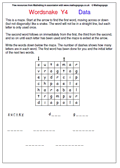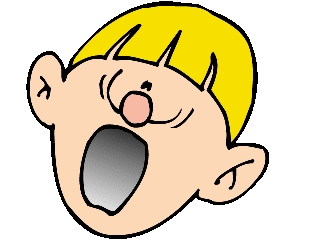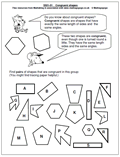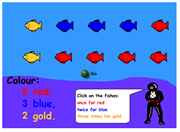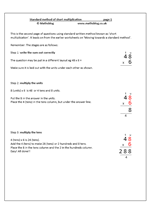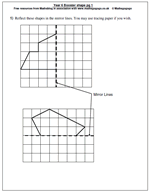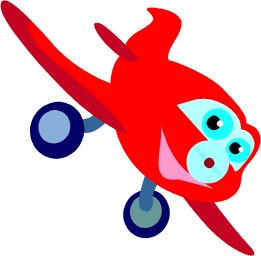 It’s up, up and away with some quite tricky subjects coming up next week, including division, decimals and fractions. One of the hardest ideas to get over to children is equivalent fractions, but it is one of the most vital. We have a year 4 worksheet which looks at some of the easier equivalence, using sixths, eighths and tenths and relating them to halves. It is a good idea to have as much practical work as possible, either shading in or cutting into pieces.
It’s up, up and away with some quite tricky subjects coming up next week, including division, decimals and fractions. One of the hardest ideas to get over to children is equivalent fractions, but it is one of the most vital. We have a year 4 worksheet which looks at some of the easier equivalence, using sixths, eighths and tenths and relating them to halves. It is a good idea to have as much practical work as possible, either shading in or cutting into pieces.
Solving division problems ‘in your head’ can often prove to be tricky and a good knowledge of tables and multiplication facts is needed, but it is surprsing how many different strategies we use when working mentally.
We also have the second in our series on rounding decimals for year 6; this worksheet will look at rounding to the nearest whole number and to the nearest tenth.
